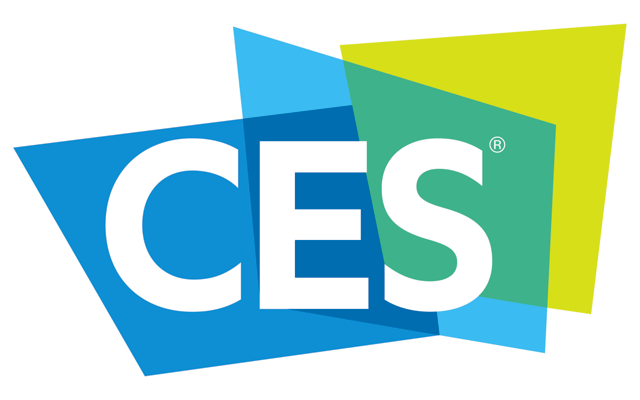CTA and GfK Report Examines Tech Trends by Global Region
January 4, 2017
2016 was the year of the unexpected, says CTA senior director of market research Steve Koenig, referencing Brexit and the election of Donald Trump as U.S. President among other global events. In a presentation on the results of a report conducted by the Consumer Technology Association and GfK on Global Consumer Technology Spending Forecasts, Koenig also broke down trends according to regions, looking at North America, Latin America, Western Europe, Central and Eastern Europe, developed Asia, emerging Asia and Middle East/Africa.
Koenig believes unexpected events that took place in 2016 will “impact discretionary spending, business capital investments and investments by governments.” Despite this “era of uncertainty,” the global economic picture is fairly rosy, with the world GDP expected to be up 3.4 percent in 2017 (it was 3.1 percent in 2016).
North America and the U.S. dollar continue to lead the globe. Referring to advanced economies and “the new political landscape,” Koenig said that unfettered trade continues to be key to “our capitalist idea.”
Koenig asked whether Mexico, the U.S. and Canada would remain the three amigos. “I think so,” he responded. “Consumer confidence in the U.S. has not been this high since 2001. Mexico has shown modest growth, and is grappling with crime and corruption. Canada had some fallout with price of oil. But zeal and appetite for new technology is very strong in North America.”
Asia is looking strong, he added, as well as commodities pricing such as oil, and consumer spending is strong in China, although capital spending is weak. Latin America has been hit hard by a variety of economic woes, meaning that discretionary spending for technology has scaled back.
In Western Europe, the impact of Brexit is still unclear, and European Union public debt and immigration tensions are sparking nationalism. “Smartphone sales are stable but there’s a softening demand for other major categories,” said Koenig. “There are some potential headwinds, but the consumer is pretty healthy and has a strong appetite for tech.” He predicts that “services, the sharing economy and streaming video” will be important sectors here.
Central and Eastern Europe have been hard hit economically, with discretionary spending declining. “But look for growth,” said Koenig. “The economies there are growing at a steady 3 percent, and replacement cycles are quickening. They’re hungry for more tech, especially buying up market.”
Focusing on emerging Asia, a very big region anchored by China and India, China is “moving to a services and consumption model.” “China is actually a fully developed tech market, with tech integrated into daily life and entertainment,” said Koenig. Malaysia and Vietnam are two markets just below China, with Indonesia and Philippines still basic, with many first-time buyers.
Although China is now “top of this market,” with consumers buying game consoles, STBs and Blu-ray players, many experts believe India — with GDP growth predicted to be 7.5 percent through 2020 — will be the next big wave. Smartphones dominate the tech landscape there, but 4K TVs, action cameras, wearables and audio products are fast-growing categories.
South Korea and Japan in developed Asia, with their active senior populations, may push innovation and adoption of wearables, suggested Koenig. Both the Middle East and Africa have “very small profiles,” with conflicts across the regions creating “significant headwinds.” “But, for consumer tech, this remains the nascent market — and a big market,” said Koenig. “It’s an opportunity.”


No Comments Yet
You can be the first to comment!
Sorry, comments for this entry are closed at this time.